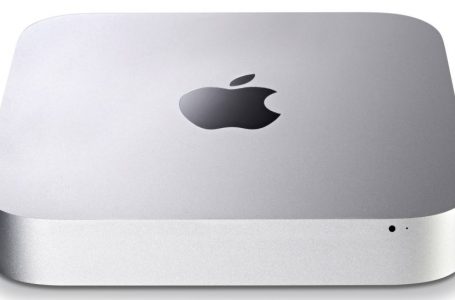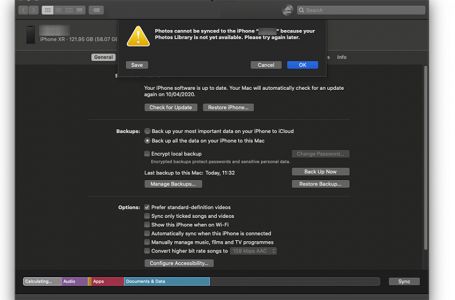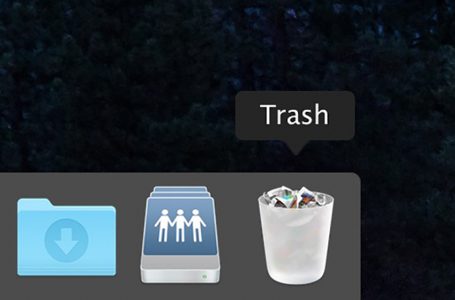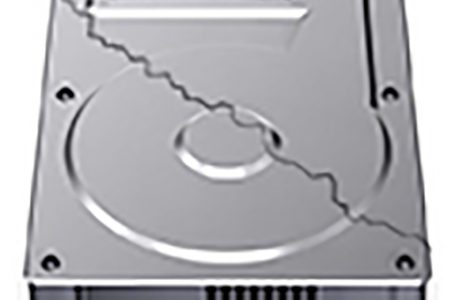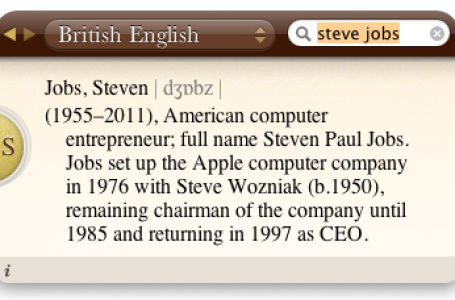Firmware Restoration For Intel Macs
Lately, there have been a slew of firmware updates coming down Apple’s automated Software Update network. As a result, inexperienced users may wreck their Macs completely when the firmware update installation instructions are not adhered to.
Potential firmware updaters must be aware that a firmware update actually makes changes to the hardware settings on your Mac. As a result, it is critical that the common firmware update rules be followed before proceeding with the update:
- if its a portable, ensure that your Mac is connected to an active power supply at all times, during the update
- do NOT interrupt the update in any way
Failure to adhere to these rules usually results in a visit to your Apple Service Provider (ASP) where a Firmware Restoration may be performed or in more severe cases, your Mac’sLogicboard has to be replaced entirely.
“How do I know, my firmware update has failed?”
It will be painfully obvious. When a firmware update goes wrong, your Mac will not be able to start up at all. This is because the firmware is required to tell your Mac how to start up and when part of it is corrupted or over-written during a firmware update gone wrong, its effect is akin to a human waking up in the middle of a lobotomy.
If this has happened to you and you have somehow found your way to this article, its most likely that you have access to a secondary computer. The good news, is that you may attempt to save some time by attempting to restore your firmware yourself. All you will need is a CDR and some attention to detail.
You will need to:
- download the image file for the Apple Firmware restoration CD
- produce a CD from the downloaded image file
- follow the instructions detailed at the firmware restoration pages where you downloaded the image file from
Although a Windows rig can help in this quest, this is best done easily using another Mac. Please note however, that the firmware restoration CD may not be a 100% cure for your ‘post-lobotomised’ Mac and if it fails to revert your Mac to its original state, then you’ll still have to carry your Mac into your nearest ASP for a Logicboard replacement.
In such cases, its probably best to be upfront and honest with the ASP, stating clearly that the current condition of your Mac stemmed from a firmware update gone awry. This saves time, and provides the ASP with the necessary information to quickly appropriate the necessary replacement parts.


